
Workshop in Gujarat on Food Labelling
Workshop in Gujarat on Food Labelling
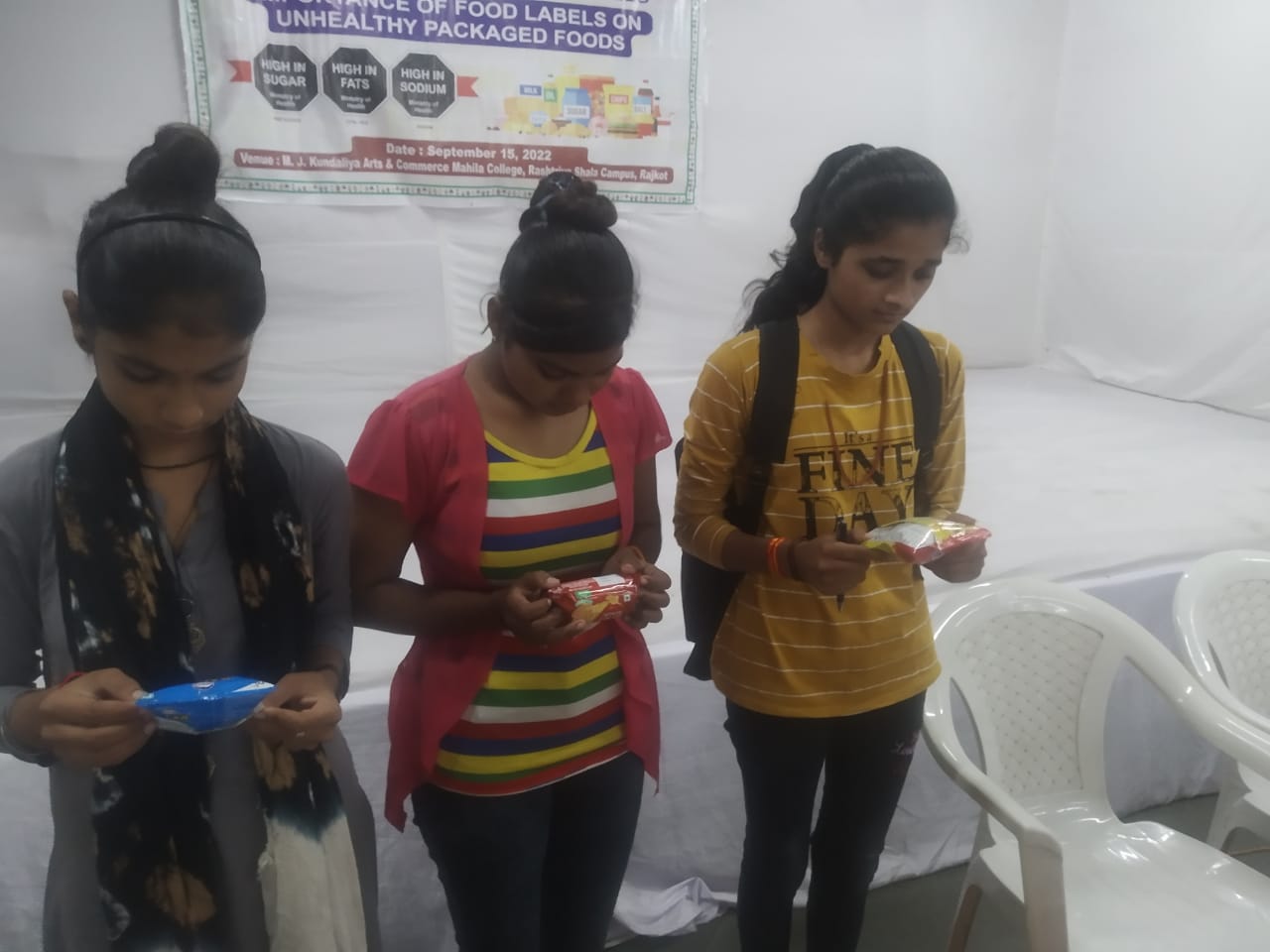







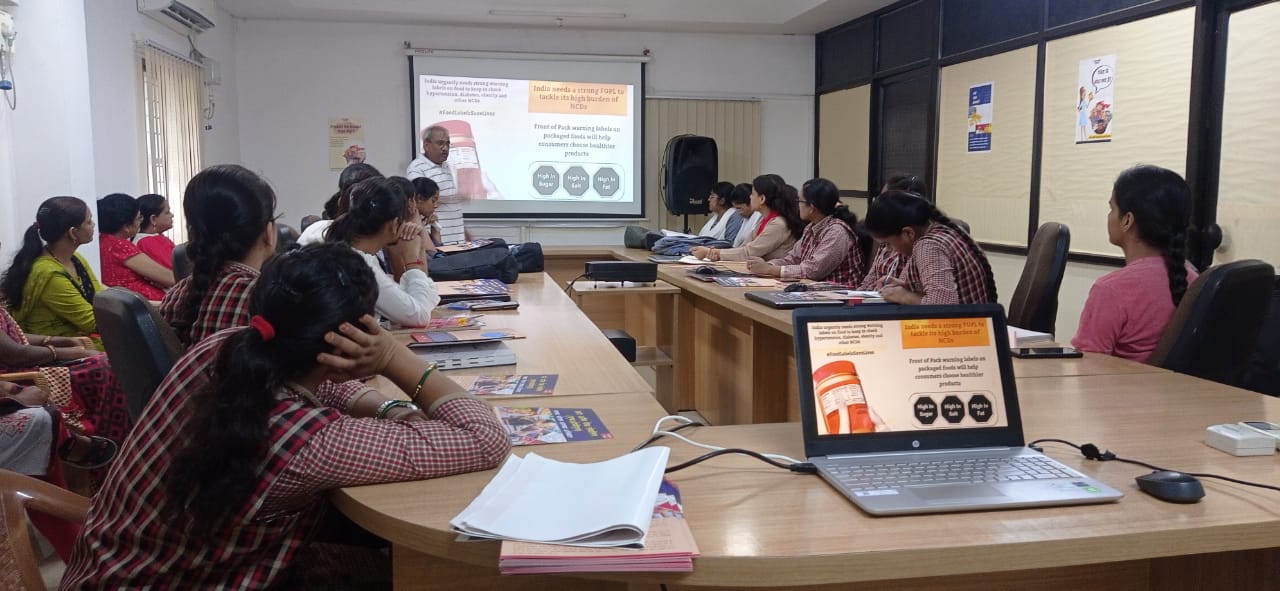
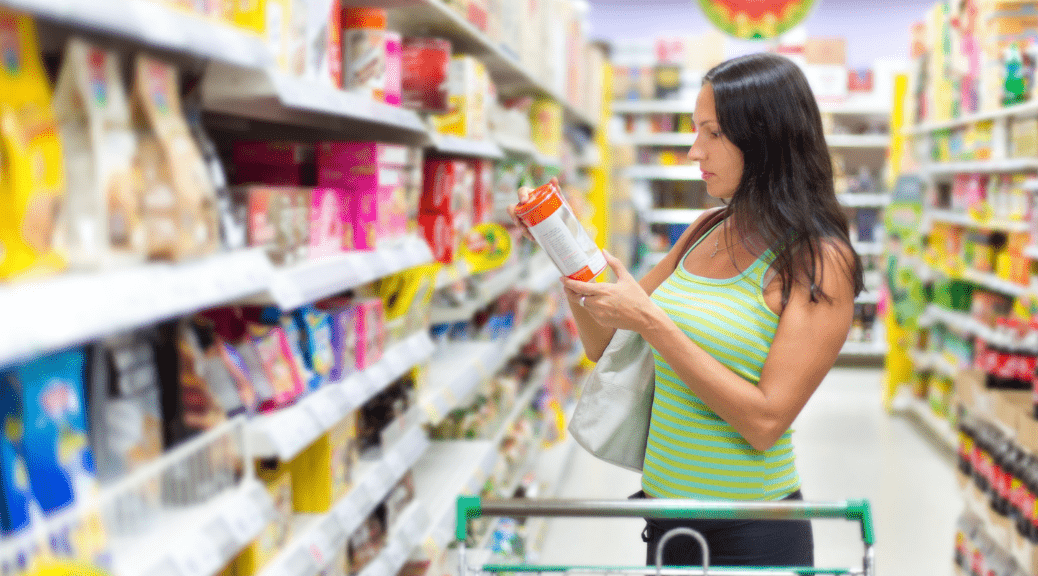
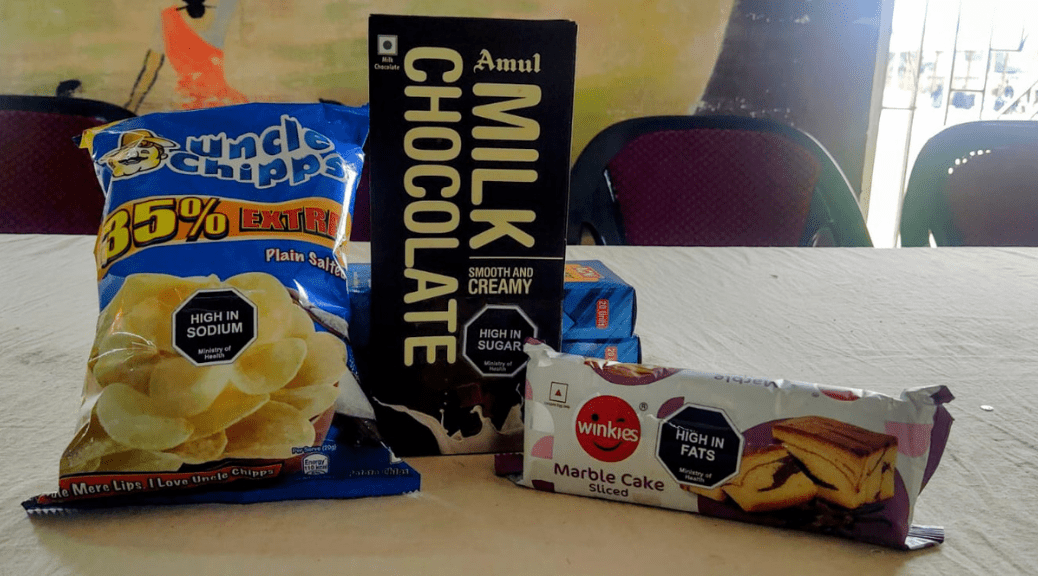
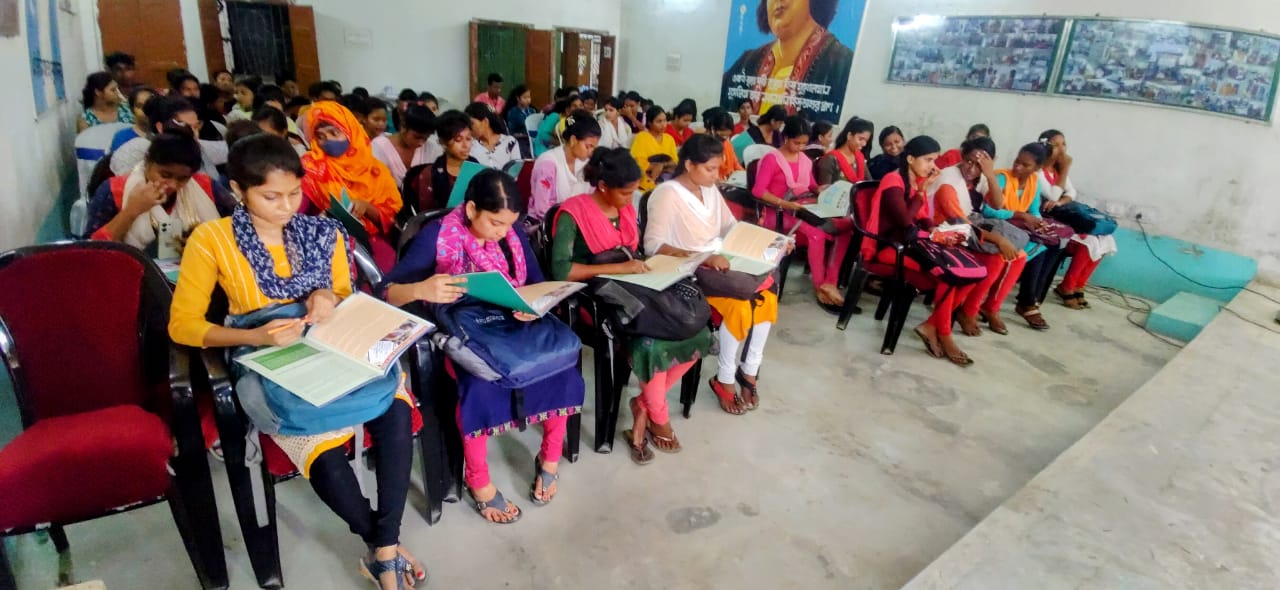



Consumer VOICE, organized a sensitization workshop on Importance of Food Labeling at Dayanand Secondary School, Vivek Vihar… Read More
Consumer VOICE organised an interactive workshop with the students on 7th November with the support of our Gujarat State Partner… Read More
In collaboration with Consumer VOICE, New Delhi, a sensitization workshop on food labeling was organized on 1st October… Read More
Consumer VOICE, organised a sensitization workshop on Importance of Food Labeling at Bamanpukur Humayun Kabir Mahavidyala Bamanpukur,West Bengal along with state… Read More
To find the greatest deal, shoppers frequently examine the costs of foods in the grocery store. Read More
India faces equally difficult issues with regard to food, nutrition, and health. About 5.87 million of all fatalities worldwide. Read More
Meera and her mother were shopping. She requested her favourite soft drink and snacks. Her mother, however, suggested that she eat something wholesome. Read More
Food label consists of necessary information about the total amount of product contained in a packet, its composition and ingredients. Read More